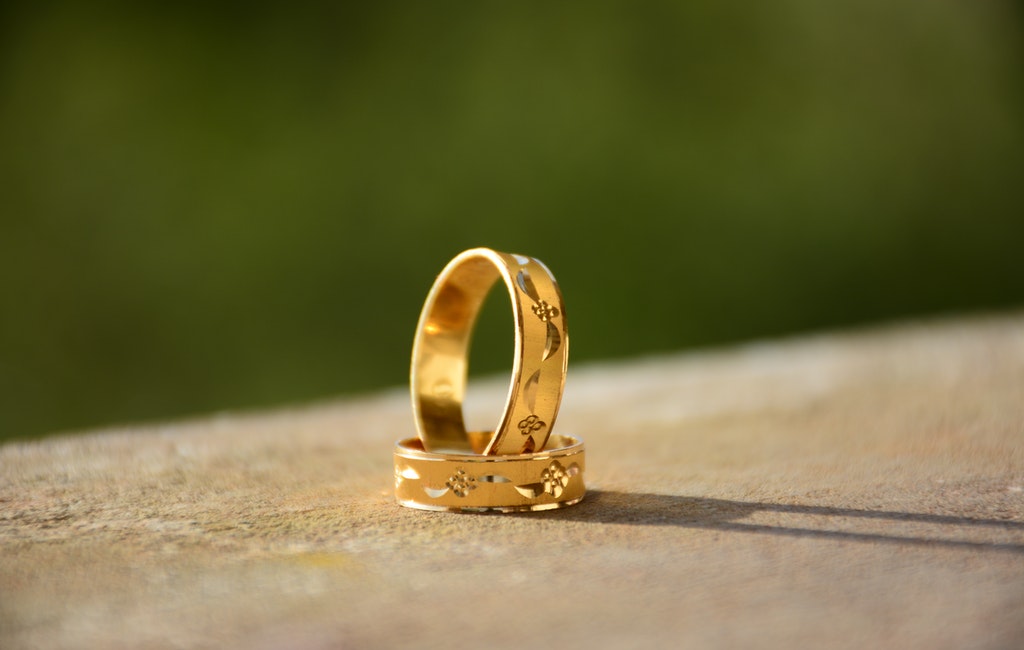Metals are some of the most precious, important and useful materials in the world. They are usually solid materials with very distinct properties, which set them apart from other substances which are also called non-metals. Metals are not only precious and useful, their discovery and utilization has – at different points in time – created monumental impact and changes in the way the world works. For instance, the first discovery of some of the earliest metals (i.e. bronze and iron) marked the beginning of new eras in the technological advancement of mankind and humanity.
WHAT ARE THE DIFFERENT TYPES OF METALS?
- Bronze
Bronze is a metal, which is a combination or alloy of other metals like copper, manganese, aluminum, zinc or nickel. Often times, this alloy (bronze) is usually a lot harder than copper. Millennia ago bronze was widely used by various cultures around the world and it serves as the basis of what we know as technology today. This era whereby bronze was used in exceedingly large amounts was known as the Bronze Age. Historically, it is said fall around the mid-4th millennium BCE. Brass was another alloy which was widely used in this era, and this metal (i.e. brass), is a combination of zinc and copper.
- Iron
Iron is one of the most widely known metals in the world. It is also a chemical element that belongs to the transition series. It can be found in group 8, on the periodic table, where it has a chemical symbol of Fe. In terms of mass, scientists and researchers conclude that iron is the most common element on the planet, followed closely by oxygen; a chemical element that is essential for our survival (we need it for respiration). Therefore, iron is one of the main elements that comprise the inner and outer foundations of planet earth.
In its metal form, iron isn’t as easy to find in the earth’s crust (compared to its elemental form or its ores, which happen to abound). The metal known as iron is usually obtained and extracted by the smelting of these ores in furnaces which are designed specifically for it (the furnaces for smelting iron ore – or kilns – are typically capable of producing extremely high degrees of heat i.e. about 1, 500 ºC or higher, for the purpose of melting the ores properly).
When humanity discovered the process of iron ore smelting and iron extraction several centuries ago, it marked the beginning of a change from the Bronze Age to the Iron Age. These days, metallic iron is mainly used in industrial applications such as the manufacture of combination metals or alloys like steel.

- Mecury
Mercury is a liquid metal which is also known as quicksilver (although, it used to be known as hydrargyrum). Apart from being a metal, it is also a chemical element which is identified by the symbol Hg. On the periodic table, it has an atomic number of 80, and it is a heavy liquid that happens to be the only metal that is known to be liquid at room temperature, and under standard conditions. It is usually used in measuring heat in glass thermometers and other similar devices.
- Gold
Gold is a precious metal that is widely used in the jewelry making industry, as it is known to be highly resistant to corrosion and other forms of degradation in its pure form. It is a very expensive metal that also happens to be a chemical element. Its chemical symbol is Au and it can be found group 11 on the periodic table, as a transition metal with the atomic number of 79.
The reason why gold does not corrode or degrade easily in its pure form (i.e. pure gold) is that it is highly un-reactive. i.e. it does not react easily with other chemical elements or compounds.
WHAT ARE PRECIOUS AND NON-PRECIOUS METALS?
All the types of metals that exist in the world can be divided into two different main groups, which are; precious metals and non-precious metals.
Precious metals are the group of metals that are highly demanded (and usually relatively – and significantly – expensive) because of their outstanding quality and commercial value. This kind of metals is usually worth a whole lot of money, compared to other kinds of metals, because they are usually relatively rare. Other factors that drive up their commercial value include the fact that such metals are generally very resistant to rusting and corrosion at the hands of many – if not most – sources of degradation that usually affect other metals negatively. They are also very highly used in the jewelry making industry, for the production and crafting of pieces such as necklaces, earrings, rings and so on. Additionally, precious metals can be used in making currency (such as coins), they can also be traded for goods and services in some cases, as they are highly valuable; this is why some people buy a lot of them and use them as a means of storing their assets. Examples of precious metals include: gold, silver, platinum, rhodium, iridium, palladium, osmium, rhenium and so on.
Non-precious metals, on the other hand, are the kind of metals that are usually a lot more common than precious metals. As a matter of fact, many of these metals are usually highly used in many industries because of their relative cheapness, despite their relatively lower efficiency; as a result of their more inferior physical and chemical properties. Examples of non-precious metals include: nickel, copper, aluminum, titanium etc.

WHICH METAL USED AS AN ALLOY IN WHITE GOLD CAUSES AN ALLERGIC REACTION IN SOME PEOPLE?
While making white gold, some metals are usually added in order to aid the process. Nickel is the name of the metal used as an alloy in white gold, which is known to cause an allergic reaction in certain people. It is usually combined with pure gold in order to form alloys of white gold.

